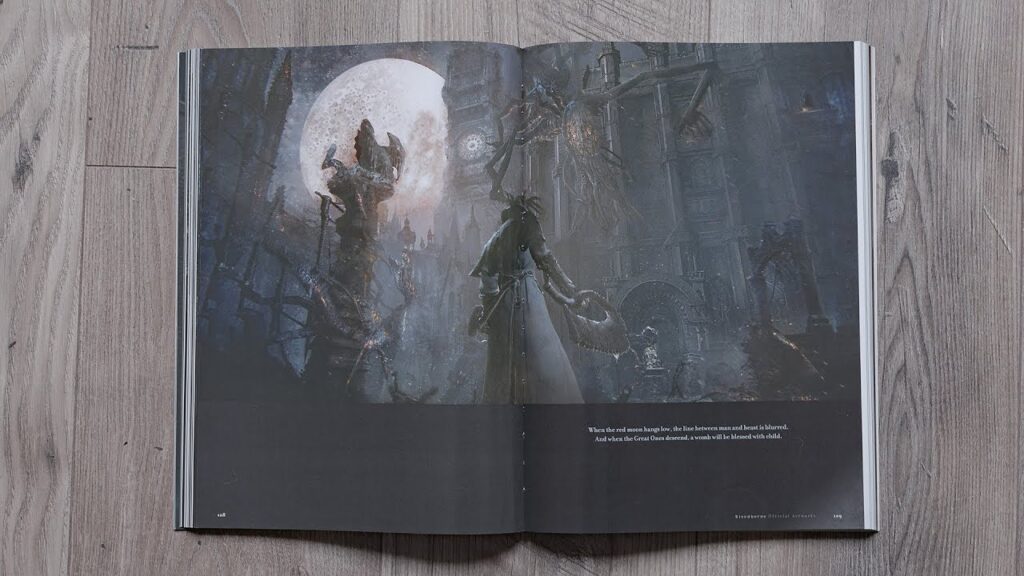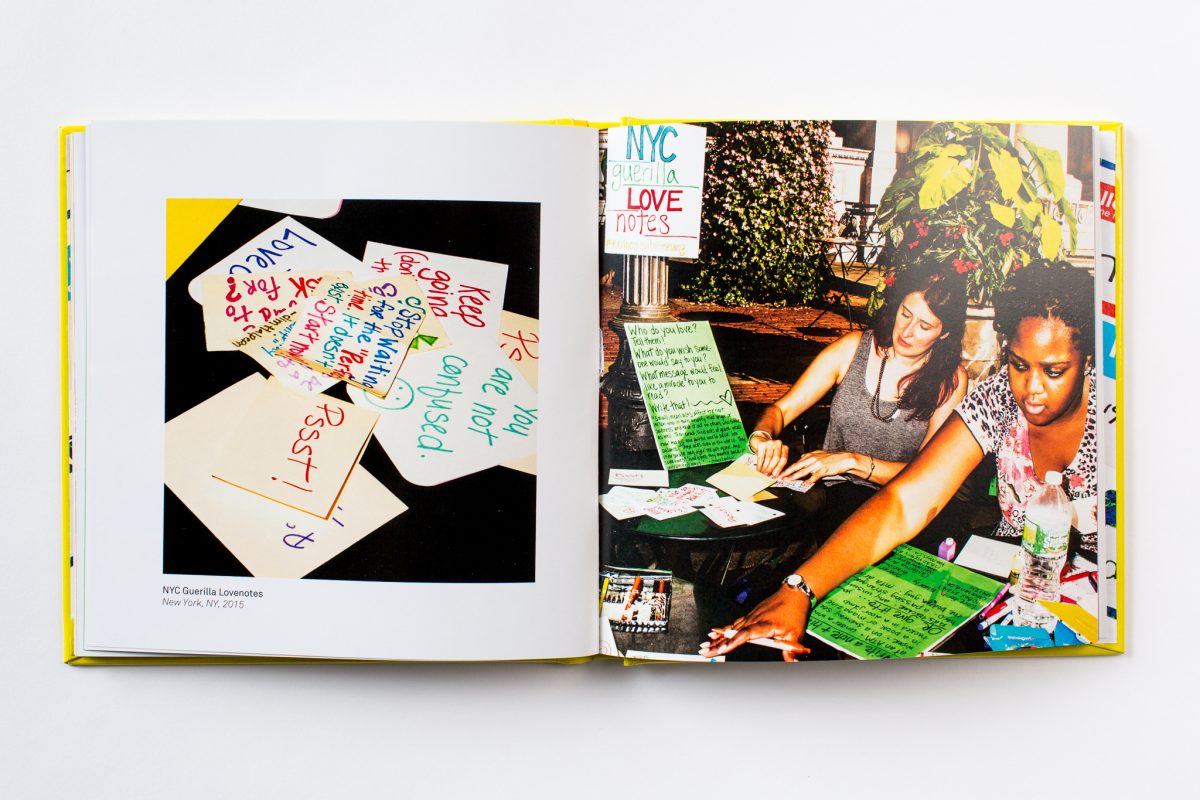Your Guide to Budgeting a High-End art book Production
Wiki Article
Discover the Important Guide to Art Book Printing for Aspiring Artists and Publishers
As an aspiring musician or author, comprehending the nuances of art book printing is necessary to bringing your vision to life. What are the key elements you should concentrate on to create a stunning art book that genuinely represents your job?Understanding Different Kinds Of Art Books
When you dive right into the world of art publications, you'll swiftly find that they come in numerous forms, each tailored to different artistic expressions and audiences. Coffee table books frequently display stunning visuals, perfect for laid-back surfing, while monographs dive deep right into an individual artist's job, providing context and understandings. If you have an interest in details art activities, event magazines supply thorough documents of programs, including essays and critiques.For training functions, art manuals and technique publications direct you with different mediums and designs, making them essential for aiming musicians. Minimal edition or artist publications blur the lines in between art and literary works, frequently incorporating one-of-a-kind style elements or handmade attributes. Comprehending these types assists you determine what reverberates with you and what may best match your audience. Each format serves its function, and knowing their distinctions can improve your art book trip.
Picking the Right Paper and Materials
Picking the best paper and products can significantly influence the general top quality and feel of your art book. Begin by considering the sort of art work you have. For vibrant colors and detailed details, choose a shiny finish or a heavyweight matte paper that improves aesthetic depth. If your work includes softer tones or appearances, a natural or uncoated paper can supply a cozy, inviting touch.Think of the weight of the paper, also. Thicker options frequently lend an even more specialist look, while lighter documents can reduce printing costs. Don't fail to remember regarding the binding products; a tough cover can shield your pages and include in the book's aesthetic.
Lastly, think about sustainability. Environmentally friendly alternatives are gaining appeal and can reflect your values as an artist. By thoroughly choosing your paper and materials, you'll guarantee that your art book not just looks wonderful yet additionally really feels special in the hands of your readers.

Picking the Finest Printing Techniques
When it comes to publishing your art book, choosing in between offset and electronic printing can considerably influence your end product. You'll additionally intend to consider exactly how paper quality affects the total look of your artwork. Allow's check out these vital printing methods to locate the finest suitable for your project.Countered vs. Digital Printing
While both countered and electronic printing have their advantages, choosing the best method for your art book can considerably influence the last item. Countered printing supplies high-quality images and dynamic colors, making it optimal for larger print runs. Eventually, your option must line up with your creative vision and distribution technique, guaranteeing that your art book shows the quality you desire.Paper Quality Considerations
Choosing the appropriate paper top quality can significantly enhance the aesthetic charm and responsive experience of your art book. For prints, a shiny finish can make photos pop, while a matte finish gives a softer, a lot more subtle appearance.Next, consider the sustainability of your choice. Green choices are becoming significantly popular and can appeal to environmentally-conscious viewers. Finally, request samples to see how various documents work with your art work, making sure the final product mirrors your vision completely.
Making Sure Color Accuracy in Your Prints
To attain stunning prints, you require to concentrate on color precision from the start. You'll want to make use of color calibration strategies to confirm your screen and printer remain in sync. In addition, proofing your work before the last print run can aid catch any type of disparities, guaranteeing your art looks just as you imagined.Shade Calibration Techniques
Ensuring shade precision in your prints begins with effective color calibration methods that aid maintain uniformity in between your electronic photos and final printed products. First, adjust your display making use of hardware calibration tools to achieve the very best shade depiction. This confirms that what you see on-screen matches what gets published. Next, pick a shade account matched for your printing procedure, like CMYK for print products. Frequently inspect your printer's setups and keep it to prevent shade changes. It's likewise important to use top quality paper that matches your inks, as different surfaces can significantly affect color result. By continually using these strategies, you'll improve the general high quality of your art prints and better convey your artistic vision.Proofing for Precision
While you might assume your electronic images await print, proofing is crucial for accomplishing color precision. Before devoting to a complete print run, always ask for a proof from your my latest blog post printer. This permits you to see exactly how shades equate from screen to paper. Contrast the proof with your adjusted monitor to detect any disparities. Take notice of saturation, illumination, and color, as these factors can dramatically affect your end product.If modifications are required, communicate plainly with your printer about your preferred end results. Don't think twice to demand multiple evidence if essential; it's worth the investment to get it. Inevitably, extensive proofing warranties that your artwork is represented as you imagined it, keeping your artistic stability throughout the printing procedure.

Designing Layouts That Enhance Your Artwork
When you develop layouts for your art book, it's important to consider exactly how each aspect engages with your art work. Purpose for an equilibrium in between visuals and message, making sure neither outweighes the various other. Usage white area tactically; it provides your artwork room to breathe and accentuates its information.Think about the flow of your book. Organize images in a manner that guides the viewers's eye, developing a story or thematic progression. art book. Vary the dimensions and alignments of your art work to keep the layout vibrant and intriguing
Select font styles that match your artwork without sidetracking from it. Maintain text concise and pertinent, giving context or understanding that enhances the viewer's experience.
Ultimately, examination different layouts. Publish samples see it here to see how the layouts equate on paper, and readjust as required. By thoughtfully making your formats, you'll produce an aesthetically appealing art book that resonates with your target market.
Binding Choices for a Professional End Up
Selecting the right binding option can substantially affect the general presentation of your art book. You'll wish to consider both appearances and longevity when making your option. Popular options consist of perfect binding, which uses a sleek appearance and is ideal for thicker publications; saddle stitching, perfect for smaller pamphlets; and spiral binding, which allows web pages to lay level for simple watching.If you're going for a costs feel, situation binding is an excellent option, giving a durable cover and a specialist look (art book). Do not forget the cover product; options like fabric, natural leather, or a shiny finish can raise your book's allure
Whatever option you select, ensure it complements your art work and boosts the reader's experience. Take your time to evaluate the pros and disadvantages of each method, so your end product mirrors the top quality of your creative vision.
Preparing Your Declare Publish Preparedness
To guarantee your art book is print-ready, you'll need to pay close interest to submit prep work. Start by setting your file dimension to match your wanted print dimensions. Use high-resolution photos-- 300 DPI is the criterion-- to ascertain sharp, dynamic visuals. Convert your data to CMYK setting, as this shade room is best for printing. Don't forget to include bleed areas, typically an additional 0.125 inches around your web pages, to stop any white edges after trimming.Also, embed site link your fonts or convert message to lays out to avoid any kind of typeface concerns. Conserve your work in a PDF format, as this is one of the most accepted data type for printers. Confirm your declare any type of typos or design mistakes, as modifications can be expensive after the fact. Finally, consider creating an evidence to assess prior to the final print run. Complying with these steps will aid you attain a refined, professional art book.
Regularly Asked Questions
What Is the Ordinary Expense of Printing an Art Book?
The standard expense of publishing an art book varies, yet you can anticipate to pay anywhere from $5 to $20 per copy, relying on elements like size, paper high quality, and printing volume.Exactly How Can I Find a Reliable Printing Business?
To discover a reliable printing company, start by investigating on the internet reviews and asking other artists for suggestions. Compare quotes, check portfolios, and communicate your needs clearly to assure they understand your vision and quality assumptions.
What Is the Regular Turnaround Time for Printing?
The regular turnaround time for printing differs yet generally ranges from one to 4 weeks. Factors like job intricacy and volume can impact this. Constantly confirm with your picked printer for specific timelines and expectations.Can I Publish My Art Book in Limited Quantities?
Yes, you can definitely print your art book in minimal quantities. Lots of printing firms supply short-run options, permitting you to create simply the number you require, making it simpler to take care of expenses and supply.What Lawful Considerations Should I Know for My Art Book?
You should consider copyright, licensing contracts, and version releases when creating your art book. Make specific you deserve to use all images and text, securing on your own from possible lawful issues in the future.Report this wiki page